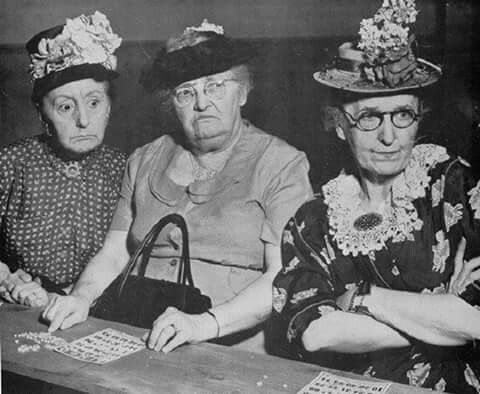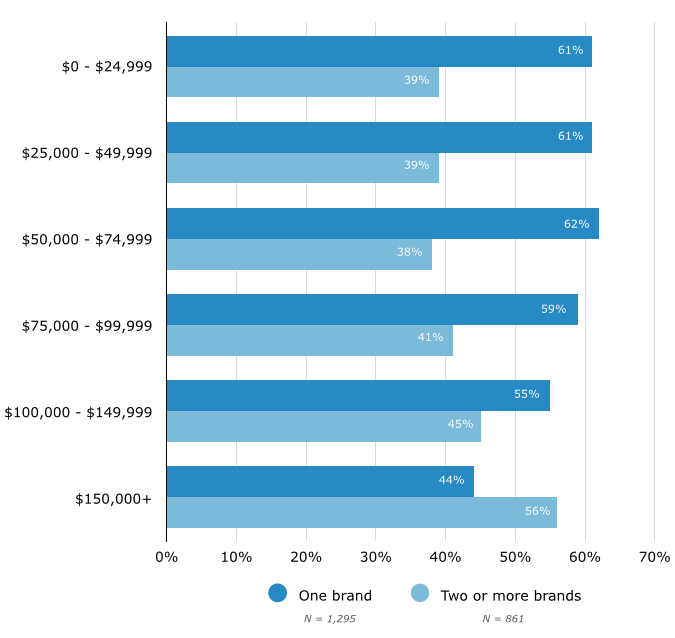Social Casino Demographics
As a blogger, I have goals. One of them is to write data-driven posts. What better way to provide informative content to my readers?
Social Gaming has become a big industry and estimated to reach 50% of social networking users and 34% of total internet population by 2014. Check our infographic “Social Gaming Industry – Statistics & Trends ” to know more about social gamers, worldwide social gaming market, Monetization of the Social Gaming Industry and lot more. Legalized casinos, and 1978, when the first casino outside Nevada opened in Atlantic City, New Jersey. This expansion of casino gambling has been controversial with much of the debate centered on the social and economic impacts of casino gambling. This debate is ongoing, in part because measuring the impacts of a casino is challenging. The following statistics capture the demographics and overall gambling industry. Gambling Industry Employment. Casinos employ more than 1 million nationwide. Casino gaming equipment employ an additional 363,000 people. In the last 22 years, the casino workforce has increased more than 67%. Casino employees earn $13.2 billion in.

Statistics about gambling provide a perfect opportunity to write just this kind of post. I came up with the idea for this post a couple of days ago. A friend of mine (also a blogger) asked forfeedback on his latest post.
Here’s what I told him:
The first three paragraphs—your introduction—are boring. Much of what you’ve written is bland to the point of being meaningless. For example, one of your sentences is “gambling games are part ofour culture”.
Well, yeah. So what?
You want to include specific data about HOW those gambling games are woven into our culture. The best way to do this—especially in your introduction—is by sharing specific statistics and datapoints to catch your readers’ interest from the start.
Here’s an example:
King Richard outlawed dice among his soldiers in 1190. Cervantes was writing about blackjack as early as the early 17th century. The word lottery is derived from the Biblical conceptof “casting lots”.
That’s a data-driven approach to explaining that gambling games are a part of our history.
Of course, that’s a little bit of a digression. You want to read a post with gambling statistics that you NEED. I offer 7 of these statistics below, along with some commentary and analysisrelated to each of them.
Examining the effects of casinos after at least four years of operation, the authors find that positive changes include: young adults moving back to reservations, fueling an 11.5 percent population increase; adult employment increasing by 26 percent; and a 14 percent decline in the number of working poor. In counties with or near a casino, the employment- to- population ratio has increased and mortality has declined.
Indian tribes are sovereign nations under federal law, and states may not enforce their civil codes on reservations within a state's borders. After the federal government gave tribes more control over their economic development, some began operating gaming places that conflicted with state and local laws. A number of states challenged these operations, but a series of Supreme Court cases were decided in the tribes favor. To clarify the law, the Indian Gaming Regulatory Act was passed in 1988. Tribes could operate full-scale casino gambling on reservations in any state that allowed such gambling anywhere within its borders, provided the details of the operation were set forth under a tribal-state compact. In The Social and Economic Impact of Native American Casinos (NBER Working Paper No. 9198), authors William Evans and Julie Topoleski summarize the history of Indian casinos over the last 20 years and examine their effect on employment, poverty, and crime.
As the authors point out, the 'speed with which Indian-owned gaming operations have developed is staggering,' suggesting that there was 'an incredible pent-up demand for casino-style gaming' in the United States. In Connecticut for example, a federal court ruled that because the state allowed nonprofit organizations to have casino nights as fundraisers, it had to allow the Mashantucket Pequots to add table games to its bingo operations. In 1991, the tribe expanded its bingo hall into a casino. It now runs Foxwoods, the largest casino in the worls. In 1992 the Pequots offered the state either $100 million a year or 25 percent of its slot machine take, whichever was greater, provided the state would allow it, but not any other group, to install slot machines. The agreement was modified to allow the Mohegan tribe to operate slot machines after it received federal recognition. According to the authors, payments from the tribes were estimated to be in excess of $350 million in 2002, and 'effectively prevented the state from granting a license for a proposed non-Indian casino in the Bridgeport area.'
Nationwide, 'half of the Indians on or near reservations now belong to tribes that have opened Las Vegas-style casinos.' Many of these are in rural areas and draw from clienteles who drive an hour or so to get to the casino. The casinos have changed the economic climate in and around the reservations. Examining the effects of casinos after at least four years of operation, the authors find that positive changes include: young adults moving back to reservations, fueling an 11.5 percent population increase; adult employment increasing by 26 percent; and a 14 percent decline in the number of working poor. In counties with or near a casino, the employment- to- population ratio has increased and mortality has declined.

The negative changes include about a 10 percent increase in auto thefts, larceny, violent crime, and bankruptcy in counties four years after a casino has opened, and an increase in bankruptcies within 50 miles of a new casino. The authors caution against applying their results too generally. Job generation 'does not necessarily mean that granting reservations a monopoly in a particular industry is also a desirable policy,' and because casino profits are not taxable, 'their presence in many states possibly diverts funds from a taxable activity.' Finally, little is known about the distribution of benefits. 'In many cases,' the authors point out, 'most of the people employed by casinos are not Native Americans.'
Social Casino Demographics Philadelphia

Social Casino Demographics Baltimore
-- Linda Gorman